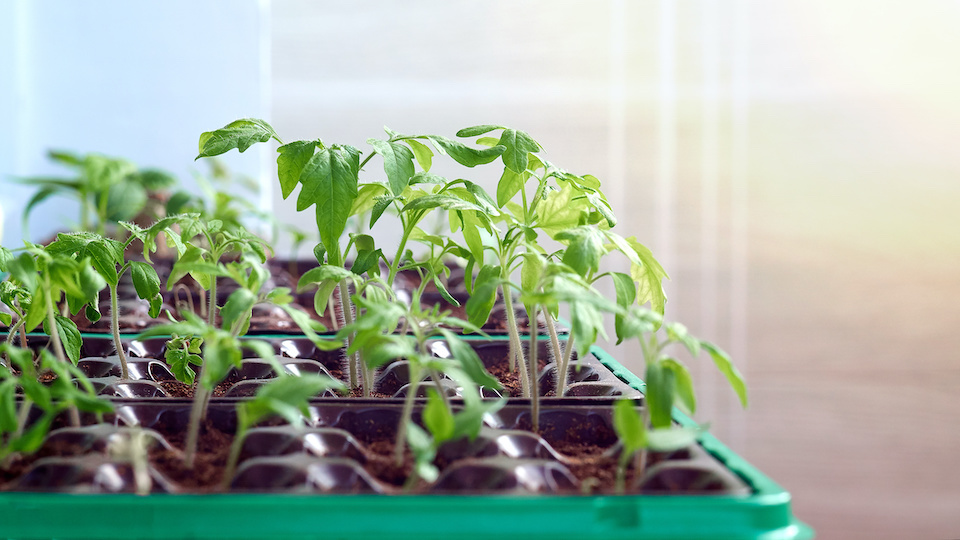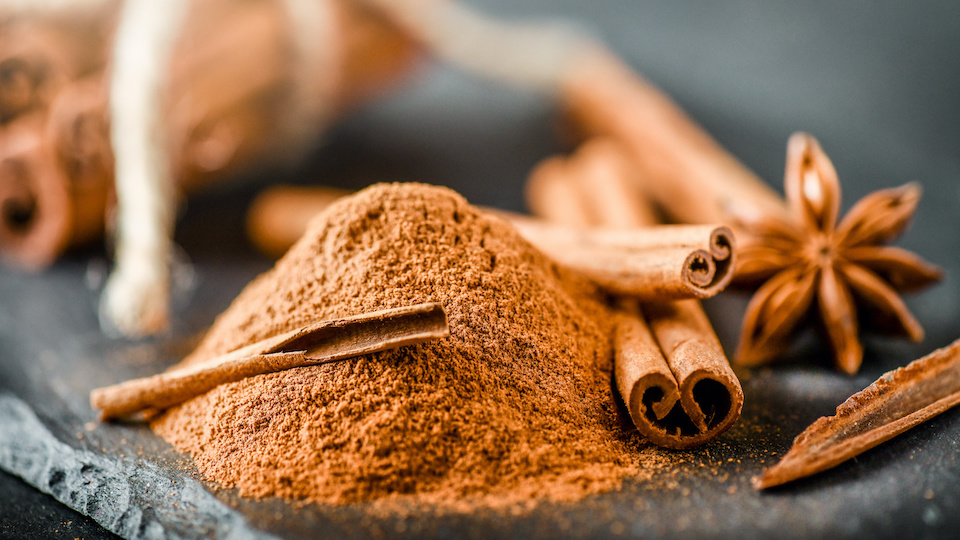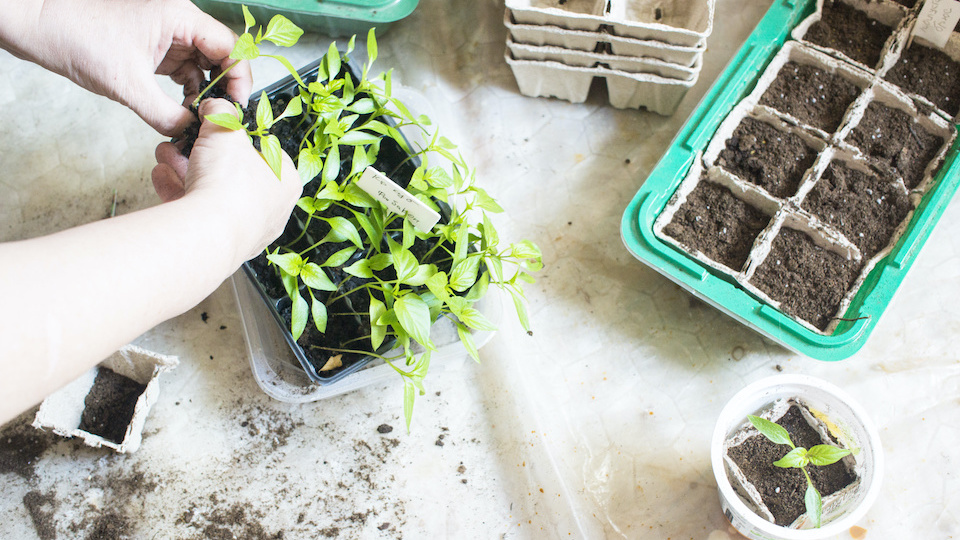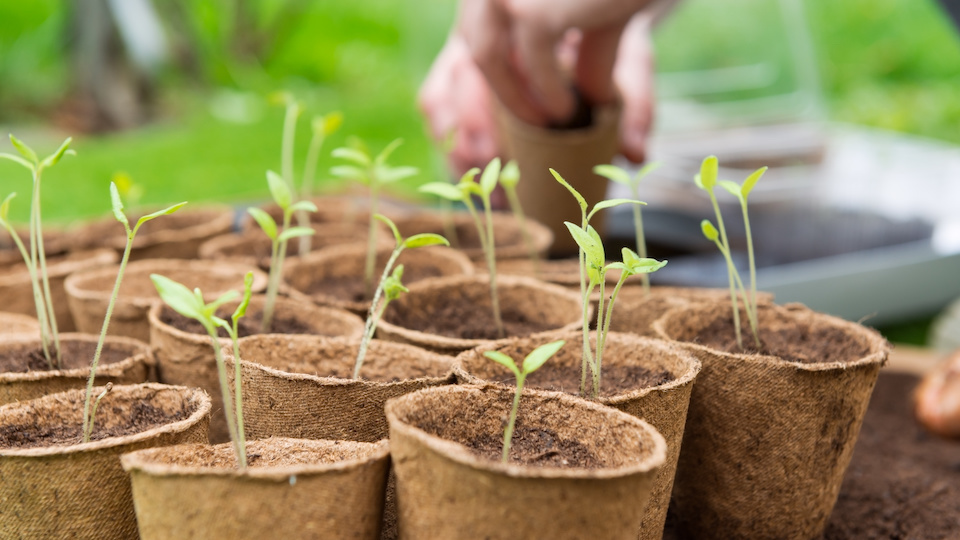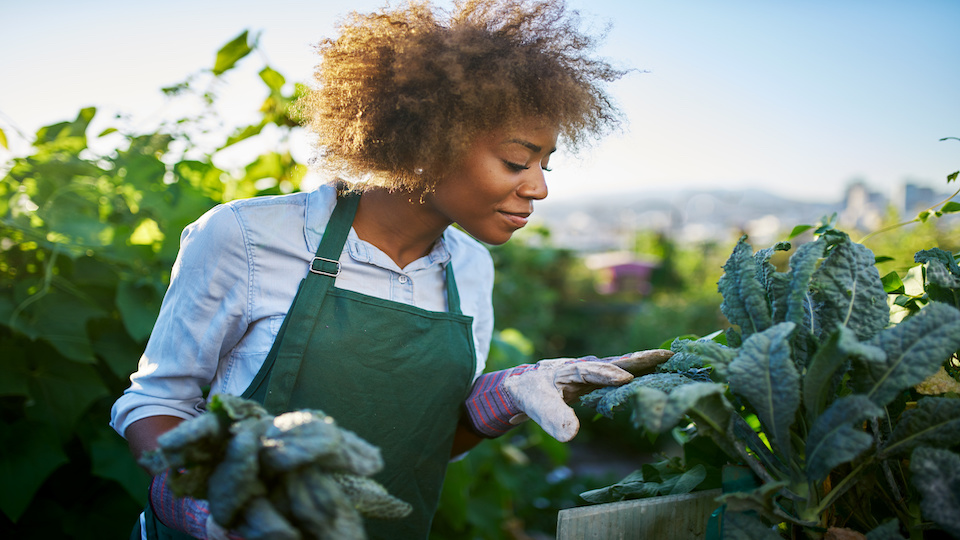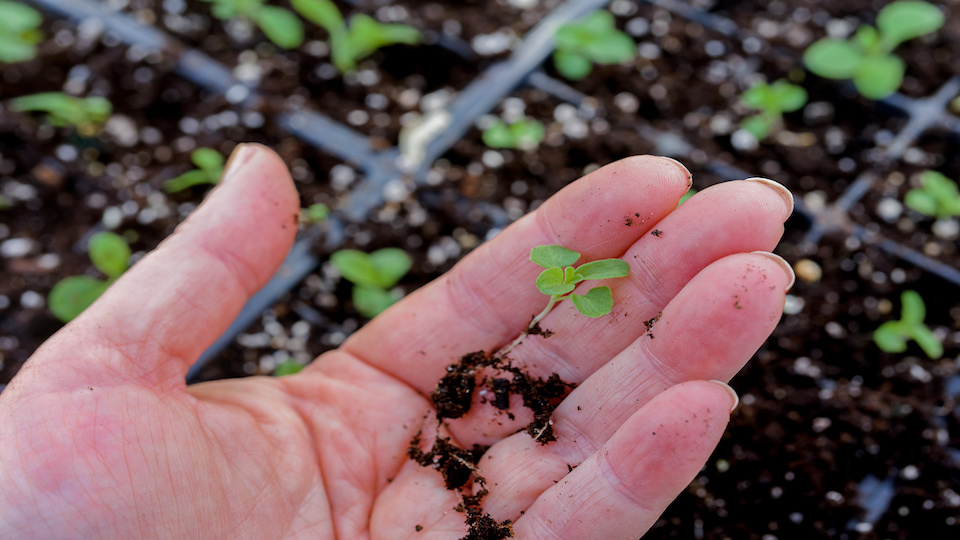Don’t Make These Common 7 Indoor Seed Starting Mistakes
Depending on where you live and what plants you are growing, it is getting close to seed starting time. I love this time of year, when I can start plants indoors to transplant them lovingly into my spring garden. Seed starting time means that garden planting time is just around the corner. No matter when seed starting time is for you, the tips below will help you avoid some common mistakes so that you can give your plants the best start possible.


